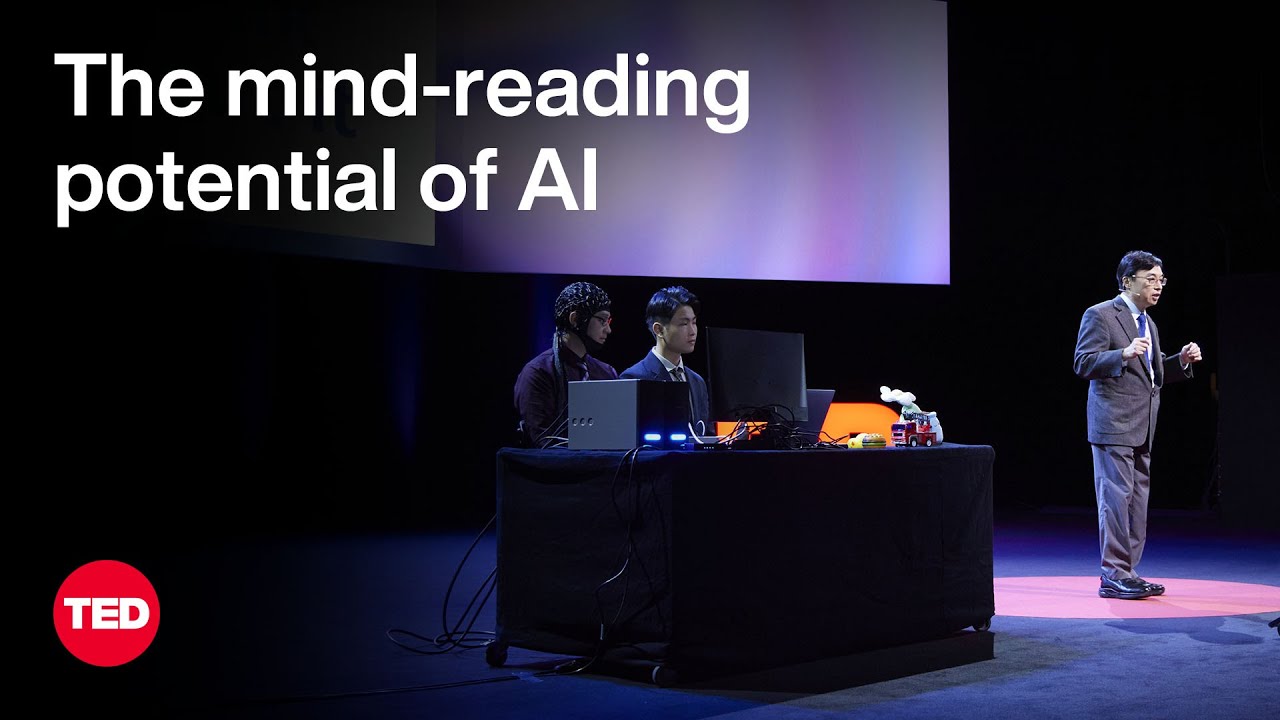In his TED talk, Chin-Teng Lin discusses the development of brain-computer interfaces (BCIs) that aim to decode brain signals and translate thoughts directly into text, bypassing traditional input methods like typing. He demonstrates the technology’s potential through a live experiment, highlighting both its progress and the challenges ahead, while emphasizing its transformative implications for communication, especially for those unable to speak.
In the TED talk by Chin-Teng Lin, he addresses the common frustration of translating thoughts into written words using traditional methods like typing. He highlights the challenges faced by non-native speakers and emphasizes the limitations of current input methods, such as keyboards and touch screens. Lin introduces the concept of brain-computer interfaces (BCIs), which he has been developing since 2004, as a solution to this bottleneck in communication between the brain and computers.
Lin explains that the innovative aspect of his work lies in creating a natural interface that aligns with how the brain functions. He envisions a future where AI can decode brain signals to translate thoughts directly into text without the need for invasive implants. This technology utilizes EEG headsets to capture brain activity and aims to decode silent speech—thoughts that are not verbally expressed but are still present in the mind.
During the presentation, Lin demonstrates the technology with a live experiment involving his team members. They attempt to decode brain signals as one person silently reads a sentence while the technology captures and interprets the signals. Although the initial attempts yield only about 50% accuracy, the audience is shown the potential of the system as it begins to correctly identify keywords and phrases from the brain signals.
Lin further elaborates on the mechanics of the technology, explaining how AI and deep learning are employed to filter and decode the EEG signals into coherent words. He also discusses the possibility of using visual attention to select items without physical interaction, showcasing another application of the technology. The demonstration highlights both the progress made and the challenges that remain, such as interference and individual differences in neural signatures.
In conclusion, Lin emphasizes the transformative potential of this technology for communication, particularly for individuals who are unable to speak or require silent interaction. He raises important ethical and privacy considerations that will need to be addressed as this technology develops. Lin invites the audience to rethink what constitutes natural communication and expresses his excitement for a future where thoughts can seamlessly translate into written words, enhancing human interaction with computers.
